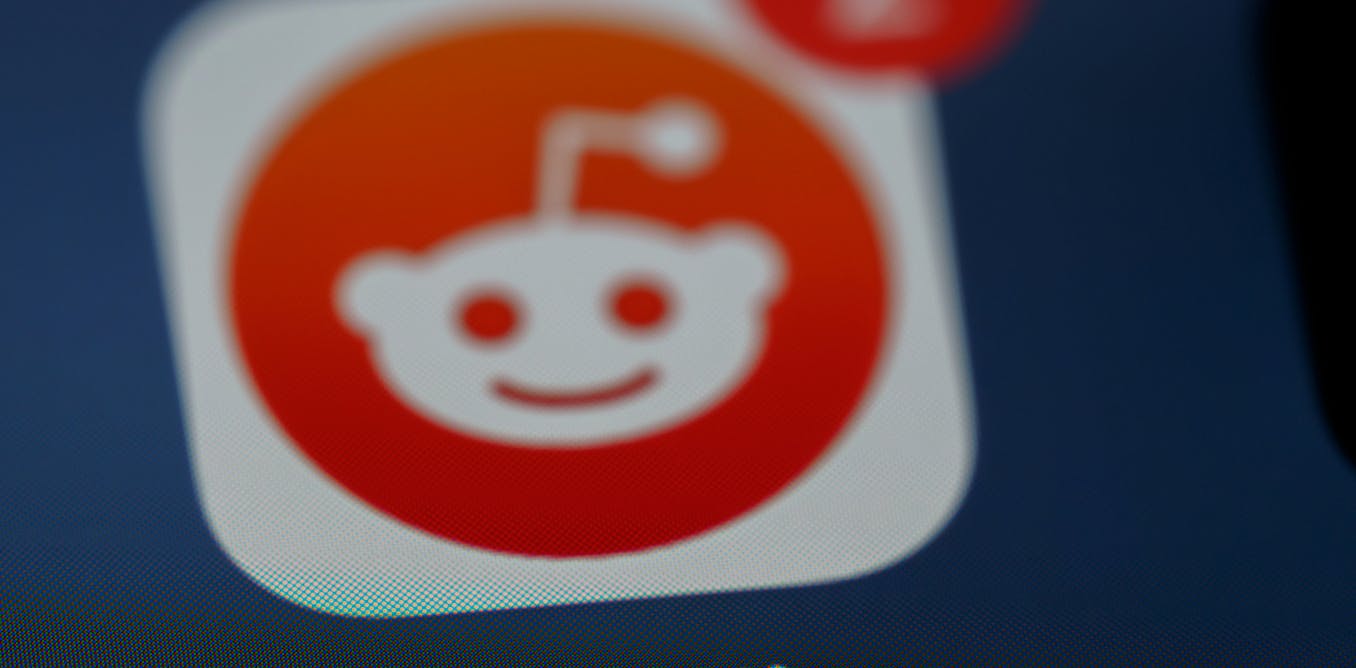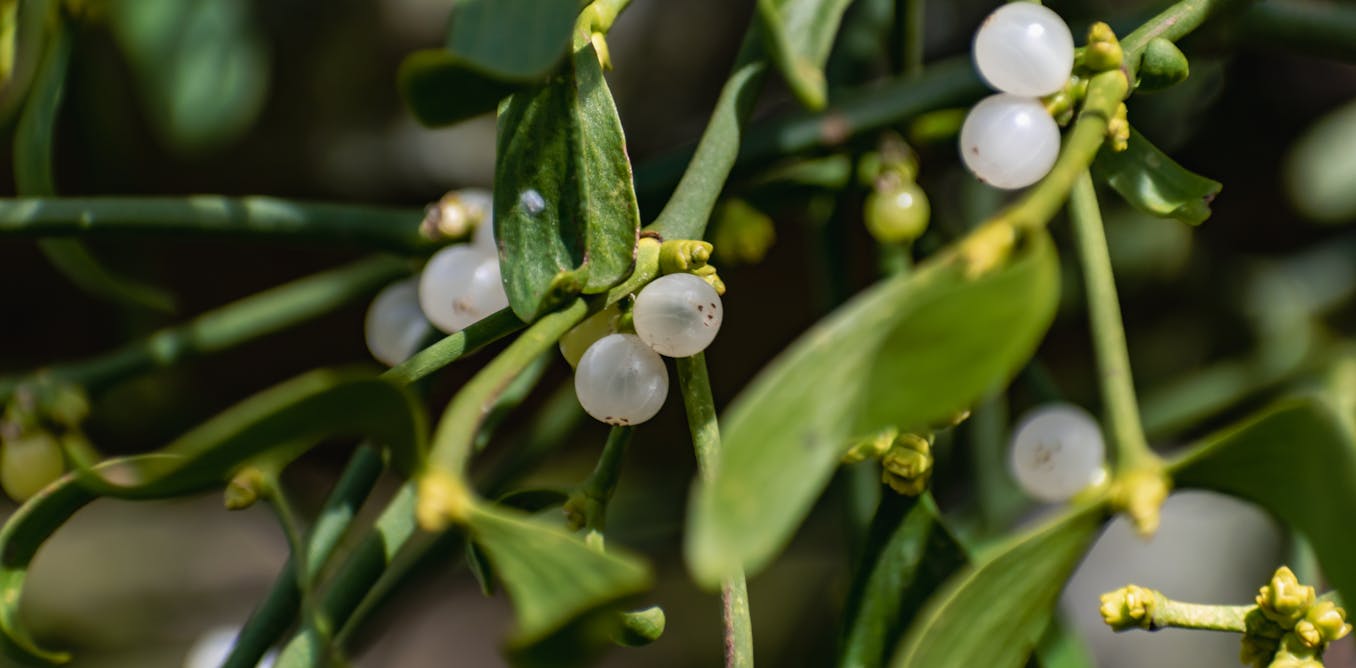Just outside Lausanne, Switzerland, in a meeting room wallpapered with patent drawings, Ioannis Ierides faced a classic sales challenge: demonstrating his product’s advantages within the short span of his customer’s attention. Ierides is a business-development manager at Iprova, a company that sells ideas for invention with an element of artificial intelligence (AI).
When Ierides gets someone to sign on the bottom line, Iprova begins sending their company proposals for patentable inventions in their area of interest. Any resulting patents will name humans as the inventors, but those humans will have benefited from Iprova’s AI tool. The software’s primary purpose is to scan the literature in both the company’s field and in far-off fields and then suggest new inventions made of old, previously disconnected ones. Iprova has found a niche tracking fast-changing industries and suggesting new inventions to large corporations such as Procter & Gamble, Deutsche Telekom, and Panasonic. The company has even patented its own AI-assisted invention method.
In this instance, Ierides was trying to demonstrate to me, an inquisitive journalist, that Iprova’s services can accelerate the age-old engineers’ quest for new inventions. “You want something that can transcribe interviews? Something that can tell who’s speaking?” he asked. While such transcription tools already exist, there is plenty of room for improvement, and better transcription seemed a fine example for our purposes.
Ierides typed some relevant search terms into Iprova’s software, which displayed a pie chart with concentric circles, whose every slice represented a different research area. “This is the scoping step,” he said. As he put in more text, the circle broke apart into the more relevant constituent slices. The software used its semantic-search capabilities to detect similarities to his prompt in its enormous text corpus, which included patents, peer-reviewed articles, and other technology-related texts from the Internet. (Since our meeting, Iprova has replaced the pie chart workflow with a new one.)
Ierides called the next step “sensing and connecting.” The software presented short text summaries of the material it considered relevant, and Ierides highlighted with his cursor the ones he found interesting. Then he clicked a button marked “generate connection,” and the software displayed a proposal for our machine transcriber in a paragraph so dry, but also so clear that not even a machine editor would have changed a word.
Iprova’s system suggested I combine a new type of high-quality microphone with two new software programs that can identify speakers by their personal speech patterns. “As you can see this is a fairly ‘obvious’ invention, since we did not use the tool to its full capability,” Ierides wrote in a later email. In the real world, Iprova inventors would iterate the search, scan related patents, and check in with their…
Read full article: Iprova Offers AI-Powered Invention to Corporate Clients

The post “Iprova Offers AI-Powered Invention to Corporate Clients” by Lucas Laursen was published on 10/08/2024 by spectrum.ieee.org







































Leave a Reply